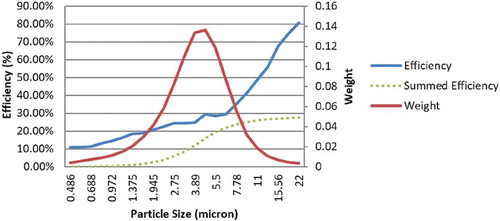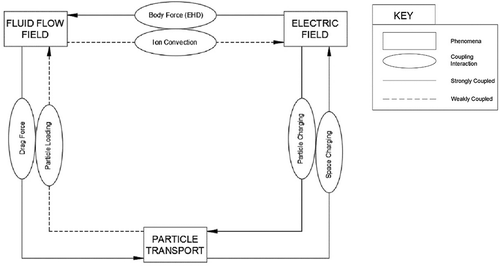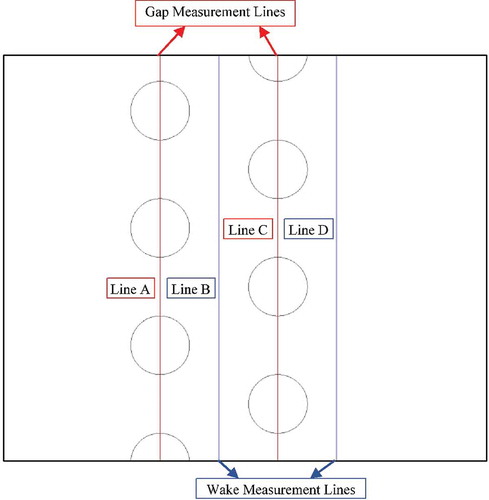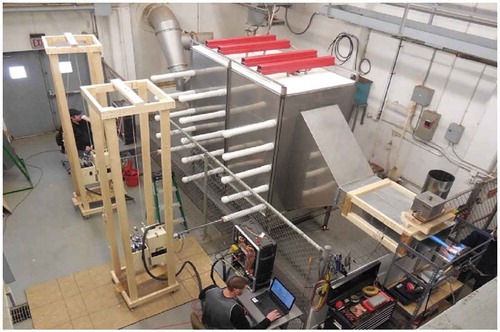Figures & data
Figure 1. Cross-flow schematic (Ali et al. Citation2016)

Figure 3. Computational domain for cross-flow electrostatic precipitator (TP, LP = 10 mm; CE diameter = 5 mm; DE diameter = 1 mm)
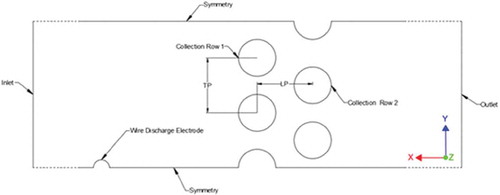
Table 1. Hydrodynamic and electrical boundary conditions for the cross-flow model
Table 2. Computation parameter setting for the modeling of flow domain in cross-flow ESP
Table 3. Model constants
Figure 6. Comparison of velocity field distributions (as well as velocity vector plots) for flow across cross-flow cells (a) 0.25 m/s; (b) 1 m/s
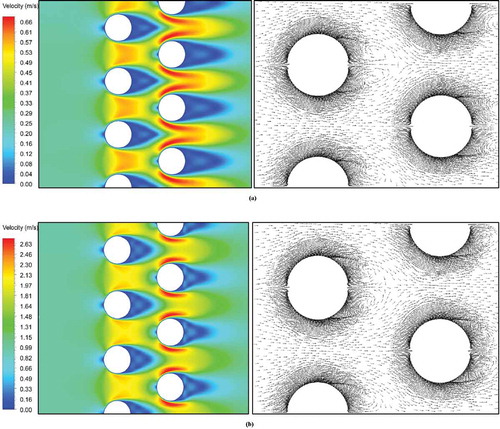
Figure 7. nondimensional transverse flow (simulation) profiles across interstitial gaps for normalized mean velocity (a) Gap velocity profile (simulation) results across Row 1(b) Gap velocity profile (simulation) results across Row 2 (c) Wake velocity profile (simulation) results across Row 1 (d) Wake velocity profile (simulation) results across Row 2
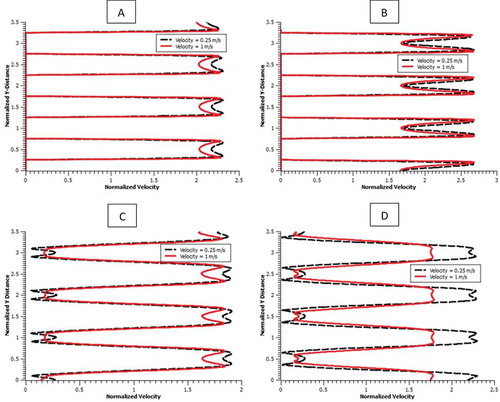
Figure 8. nondimensional transverse flow (simulation) profiles across interstitial gaps for normalized turbulence intensity (a) Gap turbulence profile (simulation) results across Row 1(b) Gap turbulence profile (simulation) results across Row 2 (c) Wake turbulence profile (simulation) results across Row 1 (d) Wake turbulence profile (simulation) results across Row 2
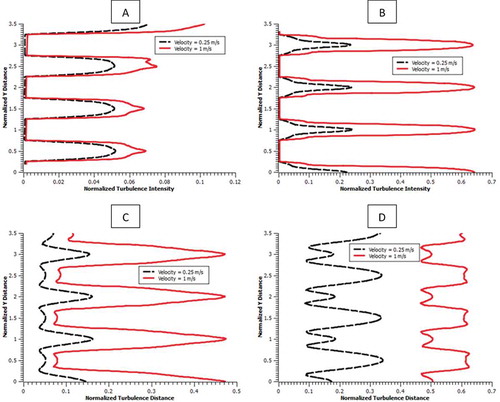
Figure 9. Electric field distribution in the collector zone of the cross-flow ESP for an applied voltage of 70 kV (a) X-component of local electric field distribution; (b) Y-component of local electric field distribution;(c) Magnitude of the local electric field distribution; (d) Global field distribution within the domain; (e) Charge density distribution at the electrode
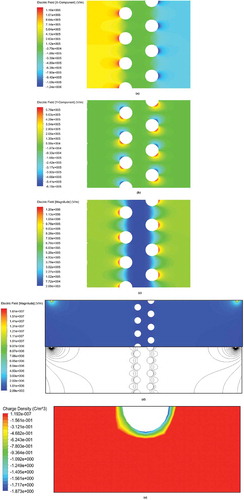
Figure 10. Global particle trajectory in a cross-flow ESP with an applied voltage of 70 kV (a) 0.25 m/s; (b) 1 m/s
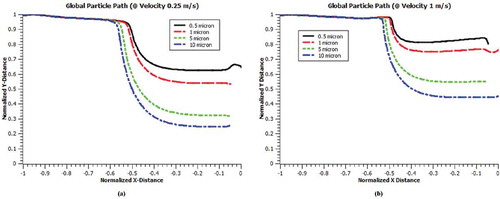
Figure 11. Local particle collection for inlet velocity of 0.25 m/s in a cross-flow ESP with an applied voltage of 70 kV (a) 0.5 μm; (b) 1 μm; (c) 5 μm; (d) 10 μm

Figure 12. Local particle collection for inlet velocity of 1 m/s in a cross-flow ESP with an applied voltage of 70 kV (a) 0.5 μm; (b) 1 μm; (c) 5 μm; (d) 10 μm

Table 4. Collection efficiency w.r.t particle size and inlet velocity
Figure 16. Channel efficiency of simulation model for particle size distribution used in the experiment
